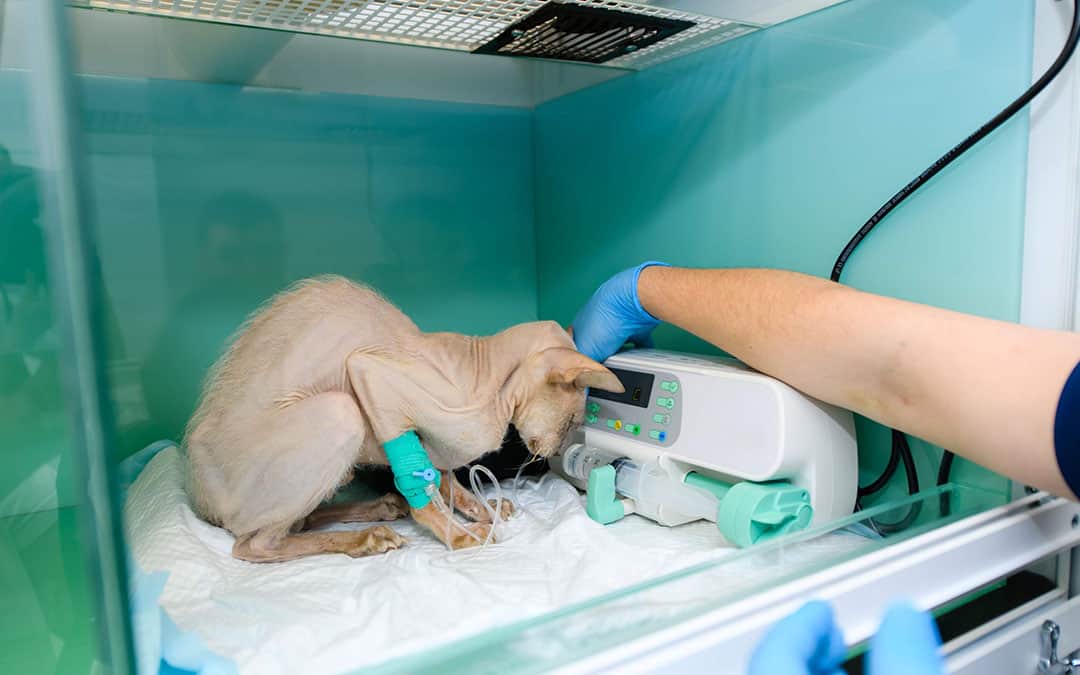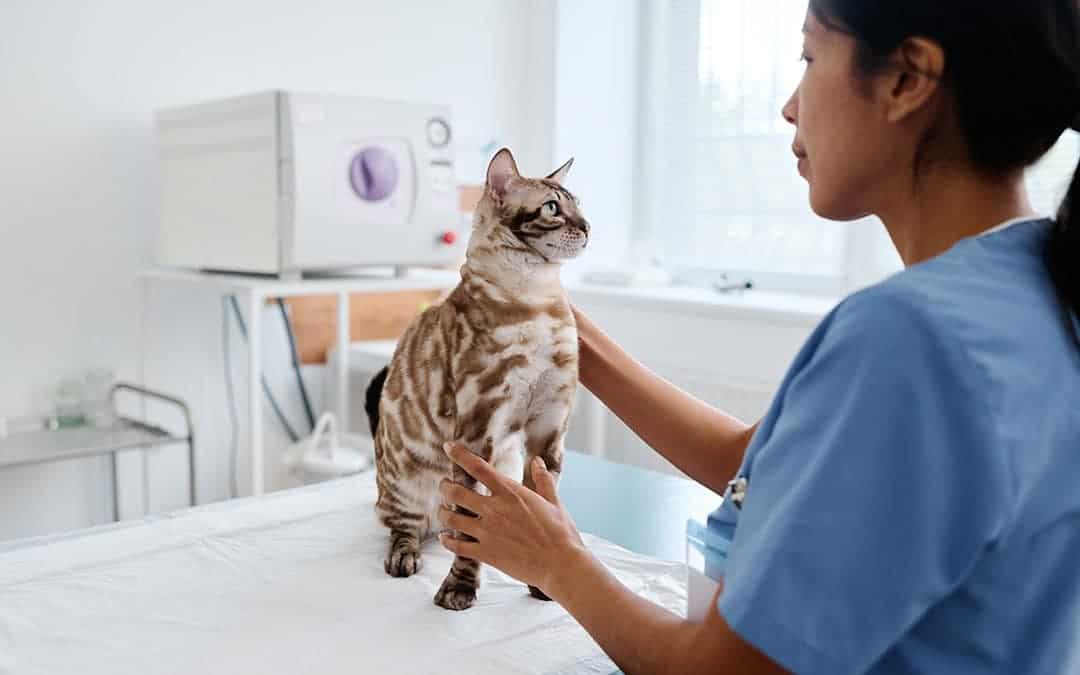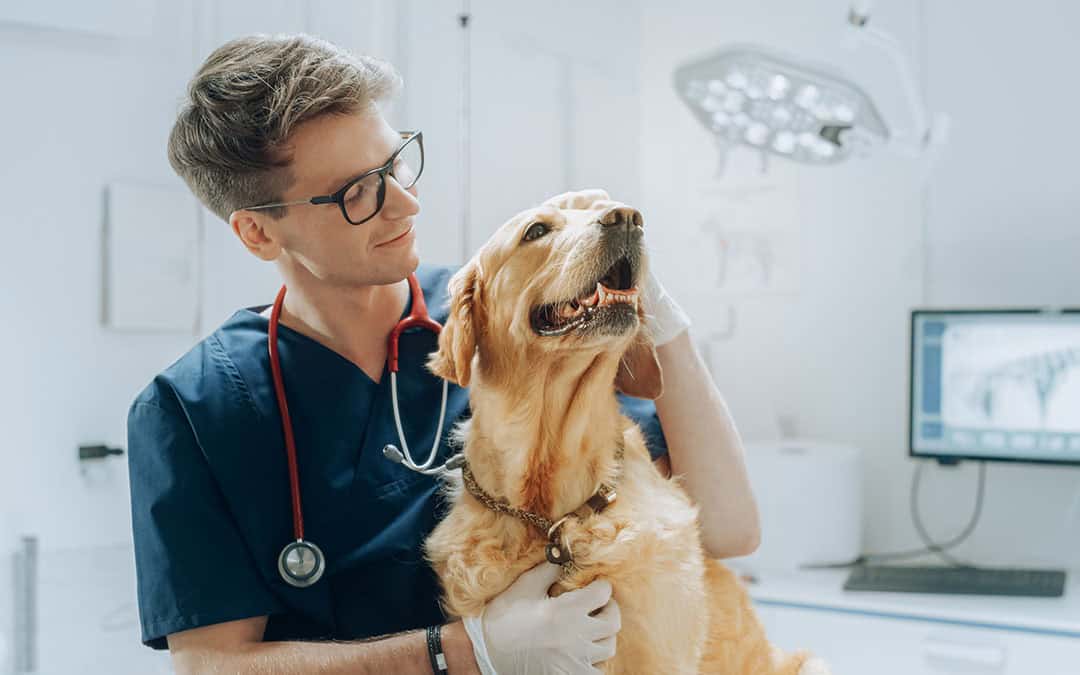Medical gases play a key role in modern veterinary care, and recent innovations in their use are revolutionizing the way veterinarians treat and care for animals. Oxygen, liquid nitrogen, and nitrous oxide are among the most significant gases used in veterinary clinics, each offering unique benefits and applications. In this blog post, we will explore how these gases are being utilized in innovative ways to enhance animal care and improve treatment outcomes.
Advancements in Oxygen Therapy

Oxygen therapy has undergone significant advancements in recent years, with the introduction of portable oxygen concentrators and advanced delivery systems. These innovations have made it easier for veterinarians to provide oxygen therapy in various settings, including on-the-go treatment. Additionally, hyperbaric oxygen therapy (HBOT) has emerged as a powerful tool for accelerating healing in conditions such as severe wounds and infections by enhancing tissue oxygenation and supporting recovery.
Cryotherapy with Liquid Nitrogen
Liquid nitrogen has been used in cryotherapy for many years, but recent advancements in precision applicators and cryogenic tools have greatly enhanced its effectiveness. These improvements allow veterinarians to target specific tissues with greater accuracy, minimizing damage to surrounding areas. This precision is particularly valuable in treating conditions like warts, skin tags, and certain tumors. New cryotherapy protocols are also expanding its applications, including the treatment of various cancers with minimal invasiveness.
Anesthetic Management with Nitrous Oxide
Nitrous oxide has revolutionized anesthetic management in veterinary clinics, with recent advancements in delivery systems enhancing safety and effectiveness. These systems now include advanced monitoring features that provide real-time feedback on gas concentrations, ensuring optimal dosing. The integration of nitrous oxide with other anesthetic agents has also been refined, resulting in more balanced and controlled anesthesia, reducing recovery times and improving overall patient outcomes.
Case Studies and Success Stories

Numerous case studies highlight the positive impact of medical gases on animal care. For instance, hyperbaric oxygen therapy has successfully treated severe infections in dogs, leading to faster recovery and reduced need for antibiotics. Similarly, cryotherapy with advanced applicators has been used to treat cancerous tumors in cats, resulting in minimal scarring and improved quality of life. These success stories underscore the significant benefits these innovations bring to veterinary medicine.
Future Trends
The future of medical gas use in veterinary clinics looks promising, with further technological advancements on the horizon. Innovations such as AI-driven monitoring systems and smart gas delivery devices are expected to enhance precision and efficiency. Research into new therapeutic applications of gases, such as the use of ozone therapy for wound healing, is also underway. These future trends promise to bring even greater improvements in animal care and treatment.
Conclusion
The use of medical gases in veterinary clinics is a testament to the advancements in animal healthcare. Oxygen therapy, liquid nitrogen, and nitrous oxide are revolutionizing the way veterinary professionals treat and care for animals. These innovations not only improve treatment outcomes, but also ensure the safety and comfort of pets during their veterinary visits. As technology continues to evolve, the role of medical gases in veterinary medicine will undoubtedly expand, bringing even more benefits to animal care.
If your veterinary clinic needs a reliable supplier of medical gases to enhance your animal care services, contact CalOx today to learn more about our comprehensive offerings and how we can support your practice!
